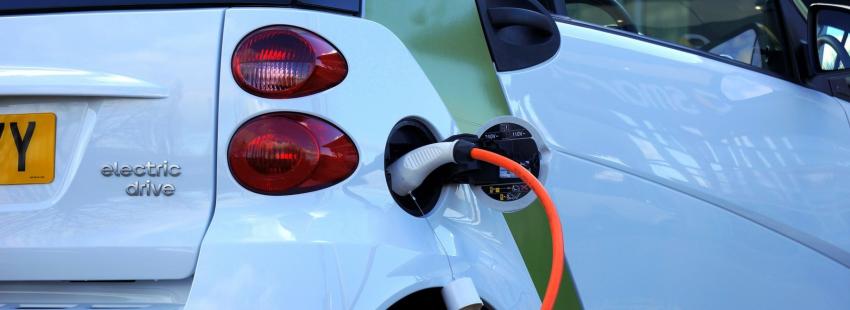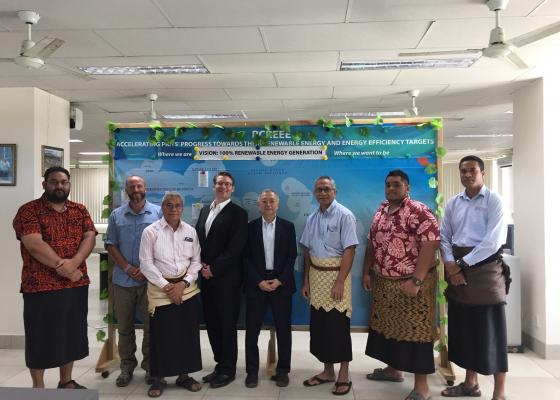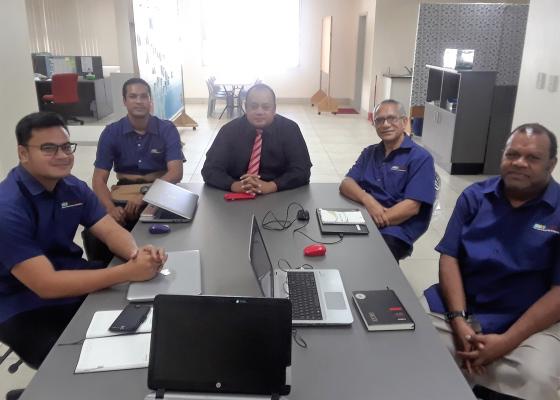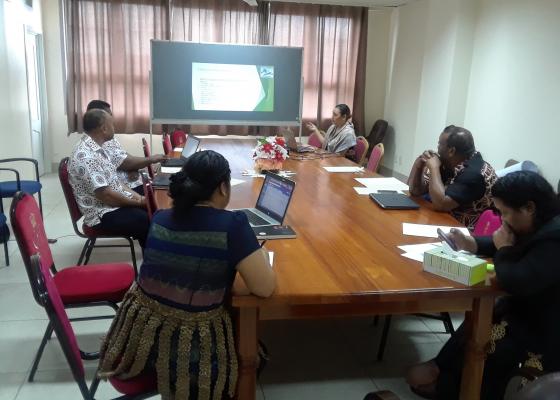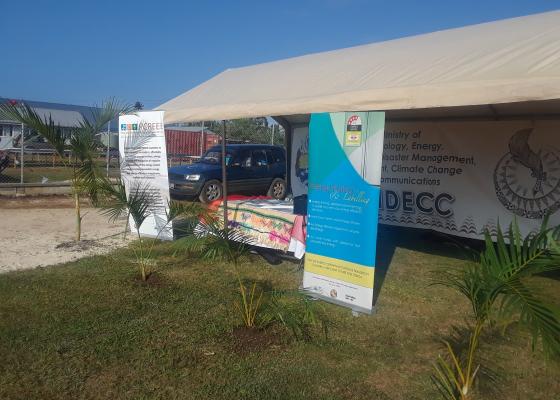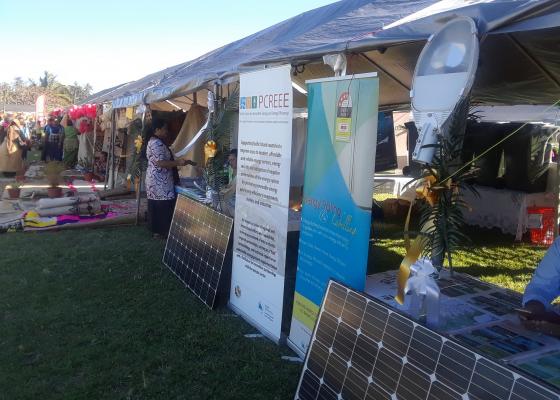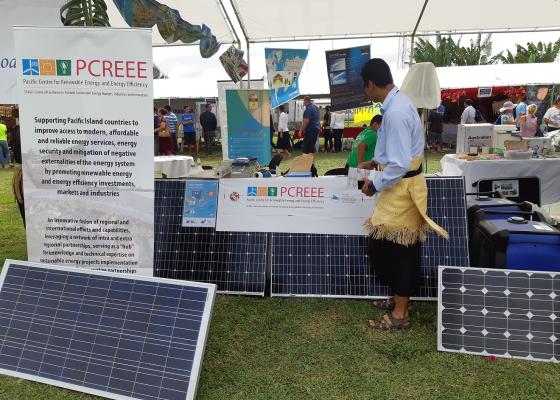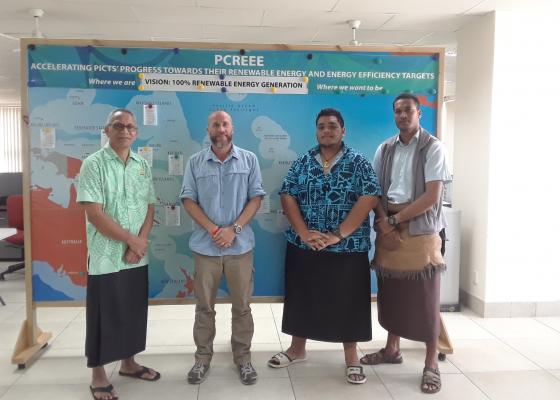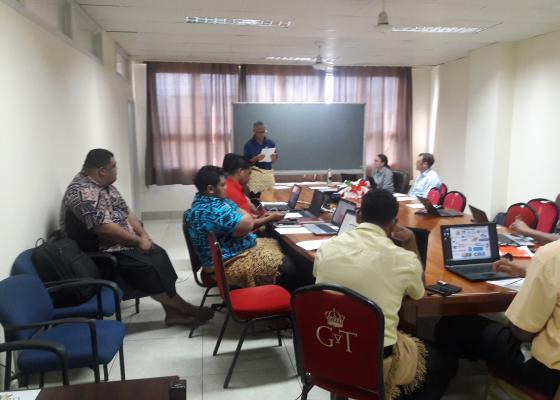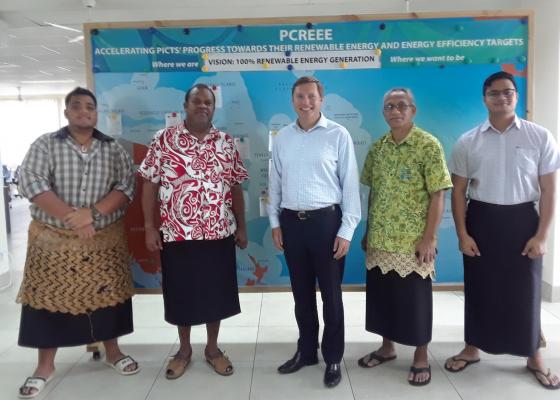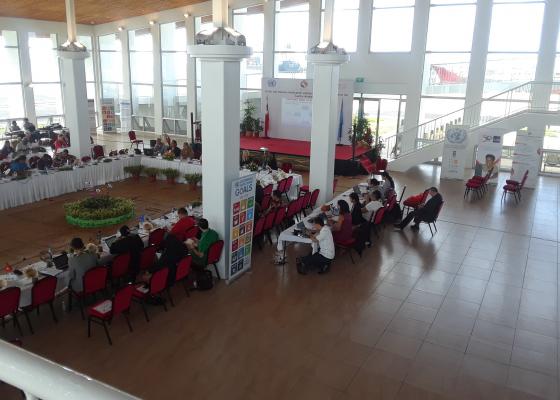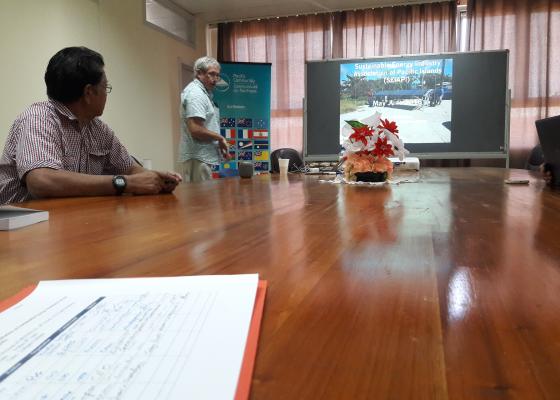The Pacific Community (SPC) hosted Pacific Centre for Renewable Energy and Energy Efficiency (PCREEE) and the United Nations Industrial Development Organization (UNIDO) are assisting Pacific Island Countries and Territories (PICTs) in the development of a regional electric mobility (e-mobility) policy and program. Both documents will be presented for consideration at the Fourth Meeting of the Pacific Ministers of Energy and Transport, scheduled to take place end of September 2019 in Apia, Samoa.
An integrated approach that promotes the expansion of renewable energy power generation, e-mobility and electrical storage simultaneously can have mutual benefits and mark a paradigm shift in the power and transport sectors of PICTs. A harmonized regional approach can help to address existing barriers more effectively and at lower cost. It can promote equal progress and standards between countries and create the needed economies of scale to influence international vehicle supply chains and investments in charging infrastructure and e-mobility based business models.
The regional policy will outline the short-term and long-term vision of PICTs with regard to integrated e-mobility and renewable energy power markets. The policy will contribute to the 100% renewable energy vision of the region and reconfirm the “climate leadership” of PICTs also in the land transport sector. It will propose regional e-mobility targets by 2030 and 2050 and include a regional implementation and monitoring framework with concrete priority actions. The policy will address the nexus between the Framework for Action on Energy Security in the Pacific (FAESP), the Framework of Action on Transport Services (FATS), as well as the Framework for Resilient Development in the Pacific (FRDP). It is intended to present the vision in the UN Climate Action Summit and the High-Level Review of the SAMOA Pathway, scheduled to take place on 23rd and 27th September 2019 in New York.
The PCREEE e-mobility program will address existing barriers through targeted regional actions in the areas of policy and regulation, knowledge management and awareness, qualification and certification, demonstration of technology and business models, as well as the promotion of investment, entrepreneurship and innovation. The program will be closely linked to international e-mobility initiatives operating under the Paris Declaration on Electro-Mobility and Climate Change (e.g. Clean Energy Ministerial IEA EVI Initiative, UN Environment´s E-Mobility Program). The program will include south-south and triangular cooperation with other SIDS regions and pioneering e-mobility countries (e.g. China, Norway, US, individual EU countries) within the Global Network of Regional Sustainable Energy Centers (GN-SEC). Currently, CCREEE and ECREEE are involved in similar e-mobility initiatives.
The PCREEE efforts are based on latest international developments and technology innovations. The global electric vehicle (EV) market is growing exponentially. In 2017, the global stock of electric cars surpassed 3 million vehicles. Around 40% of the global electric car fleet is in China, while the European Union and the United States each accounted for about a quarter of the global total. Electric cars accounted for 39% of new car sales in Norway in 2017. Electrification of other transport modes is also developing quickly, especially for 2-wheelers and buses. In 2017, sales of electric buses were about 100.000 and sales of two-wheelers are estimated at 30 million (both mostly in China).
By considering the changing policy environment for Internal Combustion Engine Vehicles (ICEVs) and the pace of EV cost reductions (CAPEX) due to dropping lithium battery prices, experts expect the standard electric car to reach cost parity by 2021 in Europe and China. It is projected that by 2040, 35% of new car sales globally and 25% of the world's car fleet will be electric cars. If based on locally available renewable energy sources, e-mobility offers an opportunity to decrease fossil fuel imports and spending (contributes to energy security), to enhance transport affordability (due to lower OPEX of EVs), to localize parts of the transport value chain and to reduce air, noise and GHG emissions.
E-mobility can represent a paradigm shift if the technical characteristics and regulatory frameworks of the transport and power sectors are smartly integrated. This requires strong cooperation between and capacities of the key stakeholders in the power and transport sectors. Combined with the latest digital innovations (e.g. internet of things devices) and the shift of vehicle ownership to shared modalities, e-mobility concepts open up opportunities for new business models, such as vehicle-to-grid (V2G) and grid-to-vehicle (G2V) services. A number of developing countries have also started to assemble basic EVs (e.g. 3-wheelers in Nepal) locally.
Advanced EV countries (e.g. China, Norway, US, individual EU countries) have introduced targets, enabling policies, monetary and non-monetary incentives to promote the market introduction of EVs and the expansion of charging infrastructure (e.g. tax and duty reductions/increases, public procurement, stricter environmental standards, permit the use of carpool or bus lanes, public charging or concessional finance for charging infrastructure).
Also, a small number of Governments in Small Island Developing States (SIDS) have started to assess the feasibility and viability of renewable energy based e-mobility futures. Limited driving distances, high fossil fuel (import) costs, significant renewable energy potential, and the need for grid storage solutions make PICTs and SIDS in general, an interesting place to invest in e-mobility concepts. A number of pioneering SIDS have made already substantial progress (e.g. Barbados, Bahamas). Other SIDS have undertaken first assessments or demonstrations (e.g. Cabo Verde, Jamaica, Saint Lucia, Saint Vincent and the Grenadines, Fiji). However, despite some progress, e-mobility markets have not reached the required economies of scale and did not transform into a vibrant private-sector driven business sector. Currently, most energy, climate and industrial development policies (incl. the NDCs) of PICTs do not include concrete targets and support modalities for renewable energy based e-mobility concepts.
Due to the complexities in the power and transport sectors, e-mobility faces manifold barriers on the demand (consumer) and supply(ier) side. Some of these barriers origin from policy and regulation (incl. standards), lack of monetary and non-monetary incentives (incl. fossil fuel subsidies and high duties/taxes on car imports), weak coherence and integrated planning in the transport and power sectors, technical limitations (e.g. grid stability), lack of knowledge and planning data, qualification and certification gaps, lack of locally available EVs and latest technology innovations, economic and financial constraints (e.g. higher CAPEX of EVs, cost of charging infrastructure), non-availability of tailored and tested financial/insurance products and business models.
The potential negative (peak stress) and positive (flexible storage for intermediate renewables) impacts of uncontrolled or controlled “smart” charging require particular attention. Since non-commercial EVs remain parked most of the time, batteries can provide “flexible” ancillary and peak shaving services during their life-time in the vehicle but also afterward during their “second life” as stand-alone-storage.
Currently, PCREEE and UNIDO seek consultancy support for the development of the policy and the program document. Further information is available in the
procurement section.
Preparatory contacts:
Mr. Solomone Fifita, Manager, Pacific Centre for Renewable Energy and Energy Efficiency (PCREEE), e-mail:
solomone.fifita@pcreee.org
Mr. Martin Lugmayr, Climate Policy and Partnerships Division, Department of Energy, United Nations Industrial Development Organization, e-mail:
m.lugmayr@unido.org

